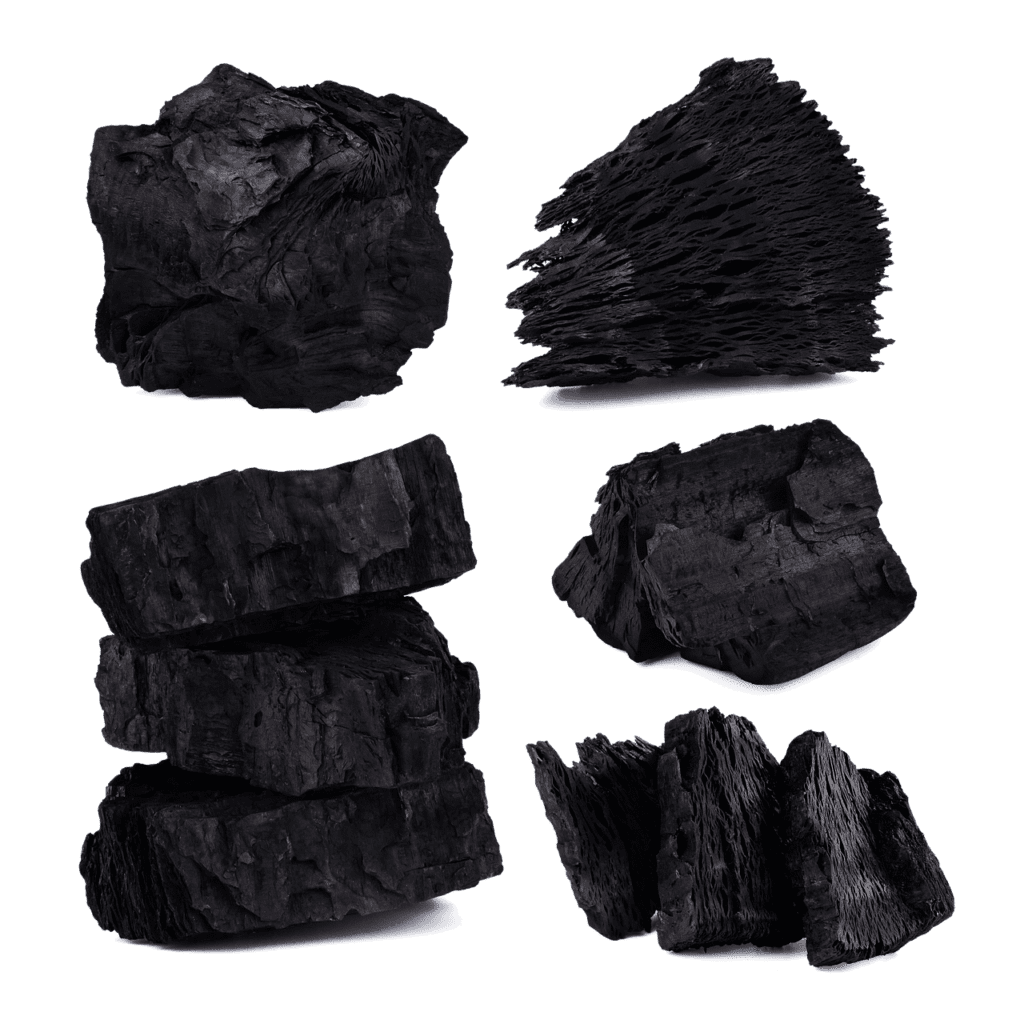More safety, with activated carbon in purification.
Activated carbon is a highly porous material, with a large contact surface: for example, a teaspoon of activated carbon has the same surface area as a football field! This gives it a high adsorbing power whose main constituent is carbon.
This product is used for adsorption of organic compounds, in liquid or gaseous media. This adsorption can occur physically, in which van der Waals forces predominate, or chemically, through chemical bonds, normally covalent. This capacity is used in the purification of water, air, liquid foods or gaseous emissions, with Norit being one of the largest and most renowned manufacturers of activated carbon in the world.

One of the markets with a strong presence in Portugal and where Salmon is highly operational is the food, animal or vegetable oils market, where the use of activated carbon is intended to remove PAH (polycyclic aromatic hydrocarbons), PCBs (polychlorinated biphenyls) and dioxins.
In terms of environmental impact, all raw materials used in the production of activated carbon are of vegetable origin, with the majority of them coming from renewable resources and in certain cases by-products from other industries, such as coconut shells and olive pits.